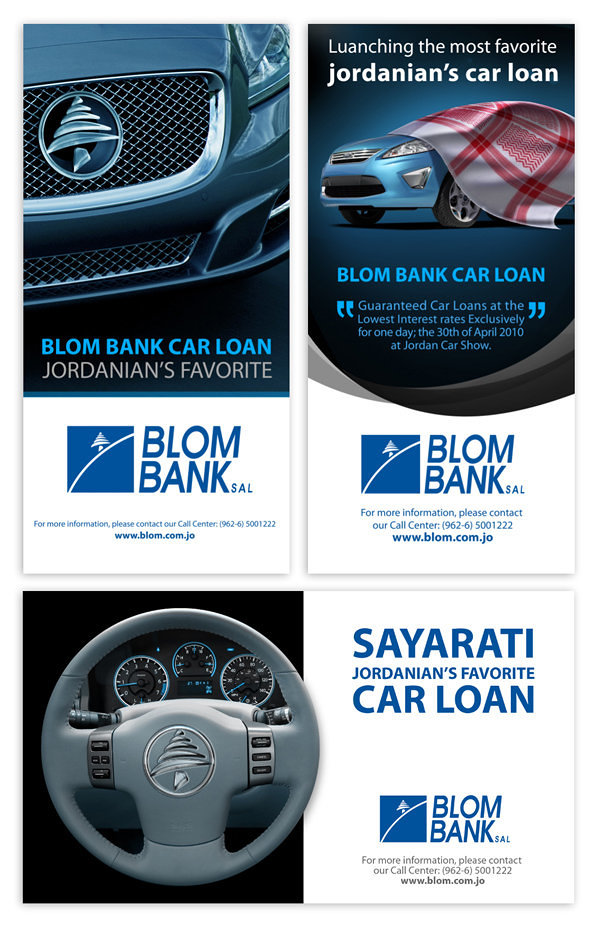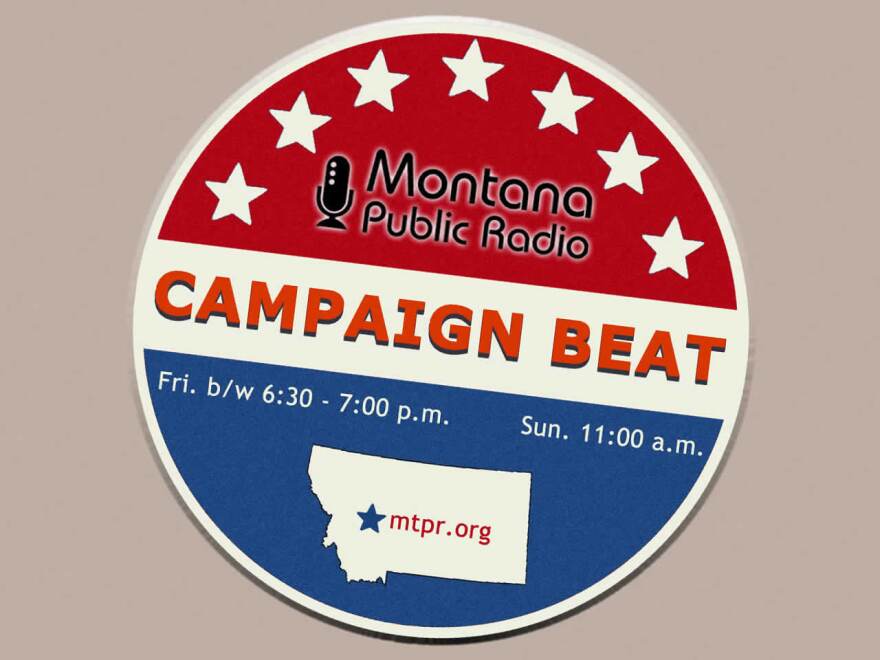
This type of targeted TV advertising is growing in popularity. Targeted TV advertising can not only increase reach but also help brands to build their brand. But before targeted advertising became mainstream, it wasn't necessarily a good choice. While a targeted advertisement might appear to be a 30-second spot in length, it is usually planned weeks in advance. Most often, though, a commercial is simply mass market messaging.
Consumers can tailor their viewing experience by targeting TV ads. Consumers can, for example, choose the ads they would like to see during commercial breaks. This is a lot more effective than simply seeing the same ad over and again. There are still challenges in reaching the right audience and communicating the right message to them.
Advertisers must first find a way for TV advertising to be more consistent. This means that data and technology can be combined to provide precise targeting. There are many types of targeting available, including addressable television (AT) or connected TV (CTV). The most popular form of targeted advertising is CTV. Connected television is a programmatic platform that allows marketers target viewers based upon their demographics, behavior, and other characteristics.

There are also new viewing options that offer companies a variety of benefits. Marketers can use streaming services such as Netflix and Hulu to enhance their branding strategies. They can help increase awareness for a product that is only available online. These kinds of new viewing experiences could change the way that we see TV ads.
QR codes are another option for marketers. These clever little gadgets can help you explore a product or make a purchase. You can also explore the story of a company with these handy codes. Although QR codes were around for a while, their popularity has increased in recent years.
Cadent's Aperture Marketplace is an example. It allows advertisers to build audience segments using first and third-party data. While it may not be the most interesting feature, it's still an essential tool for marketers.
Infomercials are another form of targeted television. Infomercials often advertise a premium or discount for a cross-sell/upsell product. An infomercial should be well-written and convey the product with authenticity. An appealing, humorous commercial is also a great way for viewers to be attracted.

Advertising must consider their brand as well as their audience to make a TV commercial that is convincing. A well-executed informational should also be capable of creating a need in viewers' minds. It will be easier to establish a relationship with the consumer if they can identify a need for it.
The next step is to use data for better decision making about the right TV advertisement. Today's technology and data will allow advertisers to optimise their media campaigns to better meet their business goals.
It's evident that TV advertising will become more interactive as more people turn to online and streaming services. With more consumers watching over-the-top content and cutting the cord, marketers have to think creatively about how to engage their audiences.
FAQ
Advertising: What does it mean?
Advertising is an artistic art form. Advertising isn't just about selling products. It's all about creating emotional connections between people with brands.
Advertising is about sharing stories and using images for ideas.
You must communicate clearly and persuasively. And you need to tell a story that resonates with your target market.
Advertising is different than other communication methods, such as writing or public speaking.
By creating a successful campaign, you can create your brand identity.
This is how you are memorable. People want to remember you.
What is the best way to learn about television advertising?
Television advertising is an extremely effective medium for reaching many people at once. It was also expensive. However, if you use it well, it can be incredibly powerful.
Although there are many types, TV ads share certain common characteristics. It is important to make sure that your TV ad fits into the appropriate category. Do not attempt to run a lifestyle advertisement as a product advert. Your message should be consistent across the entire campaign.
Second, prime-time hours are the best times to air your ads. This is because most viewers watch TV while relaxing in front of the set. You want them to be able focus on your words and not get distracted by the TV.
The bottom line is that even if you have a lot to spend, it doesn't necessarily mean you'll be able to get great results. It may be the reverse. A study conducted by the University of California found that commercials aired during popular shows were less likely to sell products than those aired during unpopular shows. It is important to do the right thing if your TV advertising budget is large.
Why not use social media advertising for your business?
Social Media Marketing (SMM), allows you reach customers wherever they are on social media networks like Facebook, Twitter and LinkedIn. These networks can be targeted with keywords.
This advertising method is cost-effective because it costs less to market online than traditional methods. This method allows you to develop strong relationships with potential and current clients.
It's simple to begin using social media to promote a business. All you need is a computer or smartphone and access to the Internet.
What is an advert buyer?
An advertiser can buy advertising space in TV, radio, or print media.
Advertisers are paid for the time that their message will appear.
They do not always look for the best ads, but are looking for the most effective to reach their target audience.
Advertisers might have certain demographic information about potential customers. This could include age, gender income level, marital status and occupation as well as hobbies, interests, and so on.
Advertisers can use these data to determine the best medium for them. An example is direct mail that appeals to older people.
Advertisers also take into account the competition. Advertisers may decide to place their ads in close proximity to similar businesses.
Advertisers also need to consider their budget size and how long they will spend it before it expires.
How much does it take to advertise on social networks?
If you decide to go this route, you should know that social media advertising is not free. You'll be charged monthly according to how long you spend on each platform.
Facebook - $0.10 for 1,000 impressions
Twitter: $0.20 per 1,000 impressions (if your tweet is on Twitter)
If you send invitations, Linkedin: $0.30 per 1,000 impressions
Instagram - $0.50 per 1,000 impressions.
Snapchat - $0.60 Per 1,000 Impressions ($0.40 per User)
YouTube – $0.25 per 1000 views
Tumblr - $0.15 per 1,000 impressions for text posts.
Pinterest - $0.05 per 1,000 impressions per month
Google + $0.15-$0.20 Per 1 Million Impressions
Tumblr – $0.15 - $0.20 per 100,000 impressions
Vimeo - $0.20 - $0.25 for 10,000 impressions
Soundcloud - $0.20-$0.25 per 1 million plays
StumbleUpon - $0.20 -$0.25 per 1 billion pageviews
Digg - $0.20- $0.25 for 1000 diggs
Reddit – $0.20-$0.25 Per 1000 Comments
Wordpress - $0.20 to-$0.25 for 500 comments
Flickr - $0.20 -- $0.25 per 5,000 photo uploads
What do you need to know about print advertising?
Print advertising is an effective way to reach consumers. Many companies use print advertising to promote their products. The main goal is to catch the attention and buy from the consumer.
Print ads are usually one-page long. They contain text, images, logos, and any other graphics. These ads may include sound, animation and video as well as hyperlinks.
Here are the main types and classifications of print advertising:
1. Brochures: These large-format printed pieces are meant to draw customers into stores. They are often filled with colorful images and catchy designs.
2. Catalogues – These are smaller versions to brochures. They are sent to customers who have requested specific information.
3. Flyers – These are small pieces made of paper that are distributed at events, such as fairs or concerts. They are generally free but must be paid for if they are handed out at retail outlets.
4. Posters – These are larger versions than flyers. They are often displayed on walls, fences, or buildings. These are often created with computer software programs to grab the attention of passersby.
5. Direct mail - These are letters or postcards that are sent directly to potential customers. These are sent to customers periodically by businesses to remind them about their business.
6. Newspaper Ads – These are ads that appear in newspapers or magazines. They can be quite lengthy and often include text as well as images.
How can I choose my target audience
Start with yourself and those close to you. If you don’t know where or how to start, ask yourself "Whom are I trying to reach?"
Ask yourself these questions: Who are the most influential people in my industry? What are their daily problems? Who are my top-ranking people? Where can they be found online?
Rewind to the beginning, when your business was founded. Why did you start? What was your problem and how did it solve?
These questions will enable you to identify your ideal client. This will allow you to learn more about your ideal customers and their motivations for buying from you.
To get clues about who they cater to, you can also check out your competitors' social media pages and websites.
Once you've identified your target customers, you'll need to decide which channel(s) to use to reach them. A website might be created to reach home buyers, for instance, if your business provides services to agents in real estate.
A blog that targets small-business owners could be a possibility if you are a software provider.
A Facebook page for teens could be set up if you are a clothing seller. A Twitter account could be set up by restaurant owners to allow parents to search for places that are kid-friendly.
The important thing is that you have many options for getting your message across.
Statistics
- It's 100% reliant on your website traffic. (quicksprout.com)
- In 1919 it was 2.5 percent of gross domestic product (GDP) in the US, and it averaged 2.2 percent of GDP between then and at least 2007, though it may have declined dramatically since the Great Recession. (en.wikipedia.org)
- Nonetheless, advertising spending as a share of GDP was slightly lower – about 2.4 percent. (en.wikipedia.org)
- Advertising's projected distribution for 2017 was 40.4% on TV, 33.3% on digital, 9% on newspapers, 6.9% on magazines, 5.8% outdoor, and 4.3% on radio. (en.wikipedia.org)
External Links
How To
How to Advertise on Facebook
Facebook is one the most used social media platforms in the world. Facebook is used by over 1 billion people per month. This makes Facebook one of the largest companies in the world. The popularity of Facebook is mainly due to its unique features such as chat, video calls, games, etc. With a Facebook account, users can post photos, comment, send messages and play games. Facebook also offers the opportunity for businesses to market themselves by placing advertisements. Advertisements can be text ads, banner ads or sponsored stories.
Facebook advertising comes in two forms. One way is to pay for advertising. Other options include free advertising. We'll show you how to do this.
How to advertise on Facebook with paid options
Paid advertising is paid by Facebook for each impression. You can pay monthly or annually. Facebook offers various forms of paid advertising. These include:
Text ads - These are similar to regular text ads. They are displayed above or below newsfeed items, but not next to them.
Banner ads are rectangular images that occupy a full screen page. These ads usually advertise a product or offer.
Promoted Posts - Similar to regular posts, they appear at the top of the newsfeed. Promoted posts are often used by businesses to promote their products.
Sponsored Story - These are short stories that contain relevant content and appear at users' top feeds. They are paid by brands and businesses who want to reach new customers.
How to use free advertising
Facebook offers free advertising. These include Text ads as well as Banner ads, Promoted Posts and Sponsored Stories.
However, free advertising cannot be used to create a customized audience. This is unlike regular Facebook. You can only target people based on age, gender, location, language, interests, and relationship status.
How to get started with advertising on Facebook
The first thing you need to do if you want to start advertising on Facebook is to sign up for an account. After that, you'll be able to use all the tools. Follow these steps to set up an account.
-
Click "Create an entirely new ad group."
-
For your ad set, enter a name.
-
Select the type you'd like to advertise (text, image, or video).
-
Select which locations are you interested in.
-
You can set the budget amount.
-
If you use Facebook Audience Network select it from drop-down menu.
-
Click "Next step."
-
Click "Review & Continue".
-
Review your selections before clicking "Continue."
-
Please complete any additional information.
-
Click "Save All Changes"
-
Wait until the expired ad campaign is complete before you begin your campaign.
-
After your campaign is over, click on "View Ad Statistics".
-
See the results of your campaigns.
-
You can continue repeating steps 13-16 until the settings that work best for you business are found.
-
Advertise!